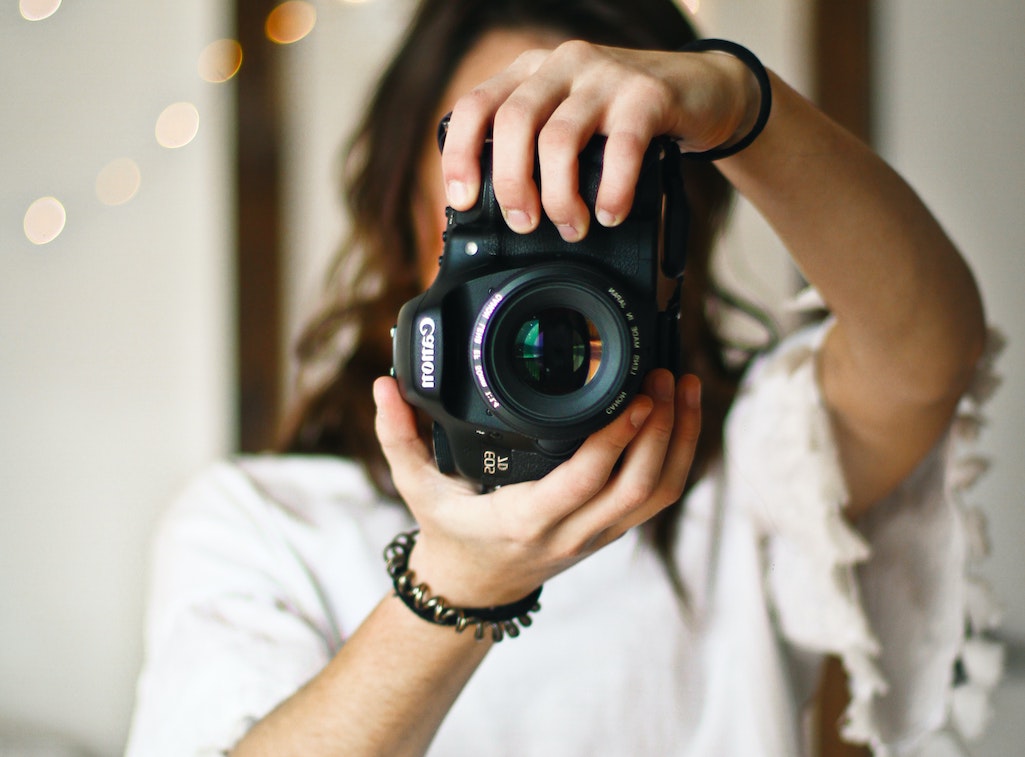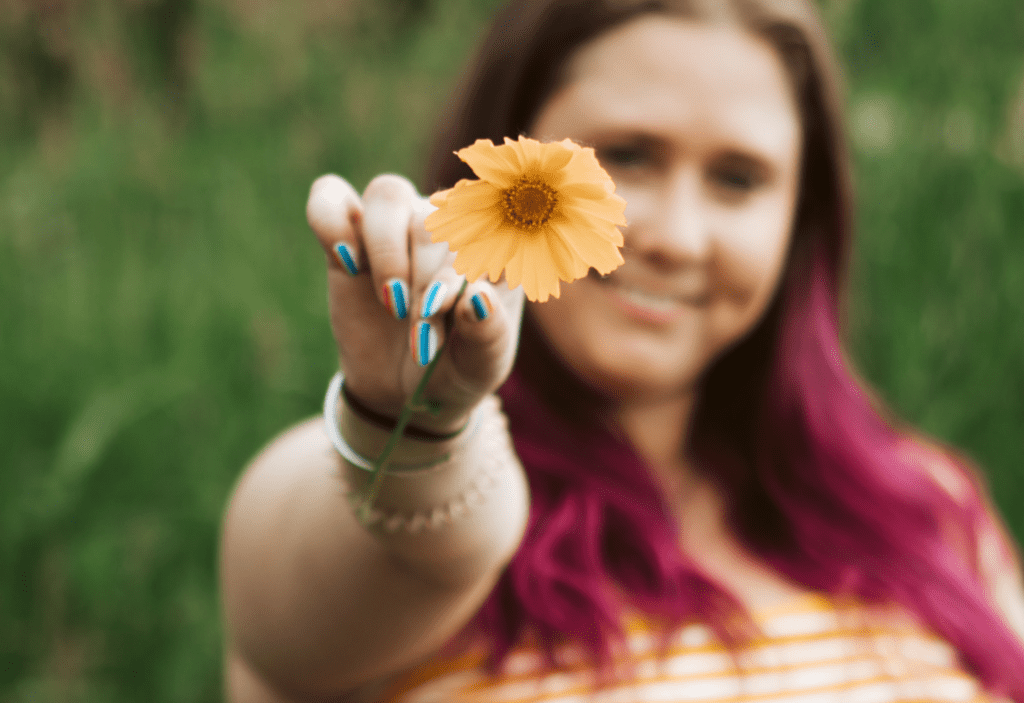10 Pro Photography Tips You Need To Keep In Mind As A Beginner

Since the technical barrier to professional photography Toronto has been extremely reduced, we have much more time to actually get out there and start experimenting, I’ve compiled 10 professional photography tips for beginners that show quick ways to enhance photography skills without over complicating things.
Photography is an entertaining and fun process. It’s simpler now than ever to get started too. Long gone are the days of requiring darkrooms or need to perfect your technical skills to capture a useable photograph. You can dive in, begin snapping away at anything that piques your attention and learn along the way,
1. Get To Know The Rules, But Don’t Think You Always Need To Follow Them
Professional photography rules are essential because they give a foundation for more advanced photography tips and tricks later on. Learning the very basics will allow you to adjust your settings accordingly depending on the scenario. Understanding exposure, depth of field, and shutter speed is a great place to start. And remember, you can always start on automatic mode to get use to things, but make sure you’re paying attention to how your settings are ‘automatically’ changing so you can eventually be in control of them yourself Learn as you go and don’t let it stop you from picking up a camera.

2. Properly Expose And Focus First, Then Frame Your Shot
A blurry or improperly exposed picture is often unusable, but one not precisely framed can still be easily saved in editing afterwards. Because of this, you should always focus on and appropriately expose for the subject before adjusting the frame. Ensure your photo won’t be blurry by adjusting the shutter speed properly and using a tripod when need be. Extra attention should be paid to exposure when you are shooting a scene that has extreme darks or lights. Don’t worry, your camera’s ‘exposure’ meter will tell you when you’ve hit that sweet spot.
3. Focus On The Eyes
Majority of the people are always drawn towards the eyes in a photo because eyes are a natural central point that we connect with.
When taking portrait photos at any aperture, ensure you put the focus on the eyes. When the eyes are in focus, it gives the photo that professional look that will blow people away. An easy way to do this is to choose ‘spot’ focusing as your camera’s method of focusing. Looking through the viewfinder you will see a tiny box that you then have to place right over the eyes and your camera will automatically adjust to make sure that spot is in focus.

4. Make a Lot Of Mistakes, Then Learn From Your Mistakes
The more mistakes you make, the faster you’ll improve your skills of professional photography. All professional photographers once started without knowing anything about their cameras
The real value is in turning mistakes into lessons that create your skills. Blurry photograph? You’ll learn quickly to pay attention to shutter speed. Grainy photograph? Make sure your ISO isn’t too high. So try a style or technique you haven’t done before and expect to make many mistakes along the way. . I look at mistakes as a good thing because they highlight what I need to improve on to bring my photography to the next level.
5. Perfect The Exposure Trifecta
Getting suitable exposure in professional photography consists of balancing 3 things: aperture, shutter speed, and ISO settings. You can begin by shooting in priority or automatic mode, but to get full control and shoot with manual camera controls you’ll need to understand the connection between these 3 things that each directly affect the quality and exposure of your image.
6. Always Be Ready
Especially when shooting lifestyle photography, you always need to be prepared to catch that perfectly candid shot. Most digital SLRs have virtually instantaneous startup times, and it requires almost no extra battery power to leave your camera on.
Place your camera on one of the semi-auto or fully automatic modes for stunning pictures before your subject moves. You can always switch back to your ideal method when you have time to adapt for a stationary subject. At times you only get a split second to capture a brilliant shot, and I find that the best photographs are often captured when you least expect it.
7. Use a Broader Aperture For Portraits TO Make Your Subject Pop
Look for an aperture size of about f/2.8 to f/4 to keep the background behind your subject blurred out. This will help eliminate distracting backgrounds and make your subject pop. You can experiment with further wider apertures, but make sure to keep your subject’s eyes in focus.

8. Prevent Blurry Images By Matching Shutter Velocity To The Lens Focal Length
For instance, if you’re using a 50mm lens, you should use shutter velocities of 1/50 sec or quicker to be able to capture handheld pictures and keep them sharp. Longer lenses are more sizeable and more puzzling to stay steady — making the shutter velocities faster help avoid camera shake.
9. Straighten And Crop While Editing
You need to try to straighten shots by going through your camera’s viewfinder before capturing a picture, but it’s not always feasible to get this perfect on your first try.
The viewfinder or the preview on your LCD is quite small compared to full-screen editing so you may realize it needs adjusting once you see it on a bigger screen. Simply rotate your images in post-production software and crop out the empty spaces.
10. Avoid Camera Shake
Camera shake can render an image unusable. Enhancing your ISO and opening up your aperture enables for rapid shutter speeds, reducing the chance of blurry pictures. However, this is not always something you can do if you’re trying to maintain other specific qualities. For instance, if you’re using a 50mm lens, the shutter speed should be 1/50 seconds or more. In case you are using a 200mm lens, the shutter speed should be 1/200 seconds or more, so on and so forth. Obviously, using a tripod stand will help prevent camera shake too.
HOW TO TURN YOUR SELFIES
INTO BRAND PHOTOS
FREE GUIDE
Want to DIY your brand photos? Here are 10 photos you can easily replicate at home with a smartphone and a tripod!
uplevel your selfies